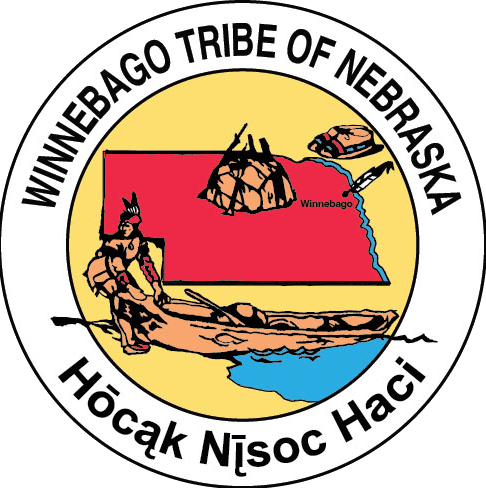Tribal Brownfields Response Program
Tribal Brownfields Response Program
There are 561 federally recognized tribes within the United States. Each tribe is an independent, sovereign nation, responsible for setting standards, making environmental policy, and managing environmental programs for its people. While each tribe faces unique challenges, many share similar environmental legacies.
Environmental issues and responses in Indian country range from:
- developing basic administrative infrastructure to passing new ordinances and laws;
- controlling illegal open dumping to developing emergency response plans;
- abating and removing leaking underground storage tanks to addressing methamphetamine response and cleanup; and
- addressing air pollution to the cleanup and reuse of contaminated land.
State and tribal response programs continue to be at the forefront of Brownfields cleanup and redevelopment, as both the public and private markets recognize the responsibilities and opportunities of these response programs in ensuring protective and sustainable cleanups. The increasing number of properties entering into voluntary response programs emphasizes the states' and tribes' growing role in Brownfields cleanup.
What is a Brownfield?
A brownfield is a property, the expansion, redevelopment, or reuse of which may be complicated by the presence or potential presence of a hazardous substance, pollutant, or contaminant. It is estimated that there are more than 450,000 brownfields in the U.S. Cleaning up and reinvesting in these properties increases local tax bases, facilitates job growth, utilizes existing infrastructure, takes development pressures off of undeveloped, open land, and both improves and protects the environment.
With leveraging partners, this contributes to the resilience of the community for preparedness, response and recovery. Our job is to communicate the identity of brownfield sites, oversight/enforcement of identified sites for cleanup and re-use consideration, the entry of this data into national databases, notices to the Public as to activities, and encourage individual responsibility to prevent or mitigate damages. We establish and maintain a public record of these properties and have them in our office for public record. We focus on site-specific cleanups and re-use revitalizing toxic land.
The Program is here to serve all of the people on the Reservation, as all use the Land. The Public Record of Targeted Brownfields with assessments, EPA or 3rd party, and information as to parcels considered for brownfield treatment is on display. The program is open for anyone to come to discuss the condition of land areas.
